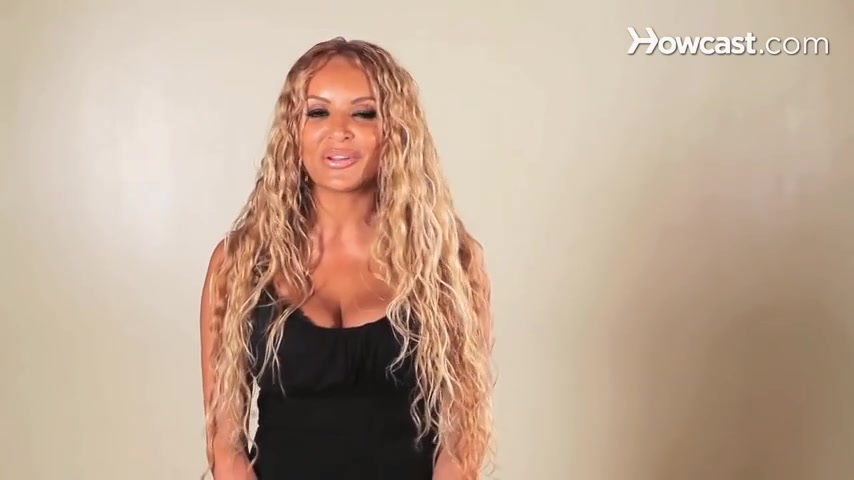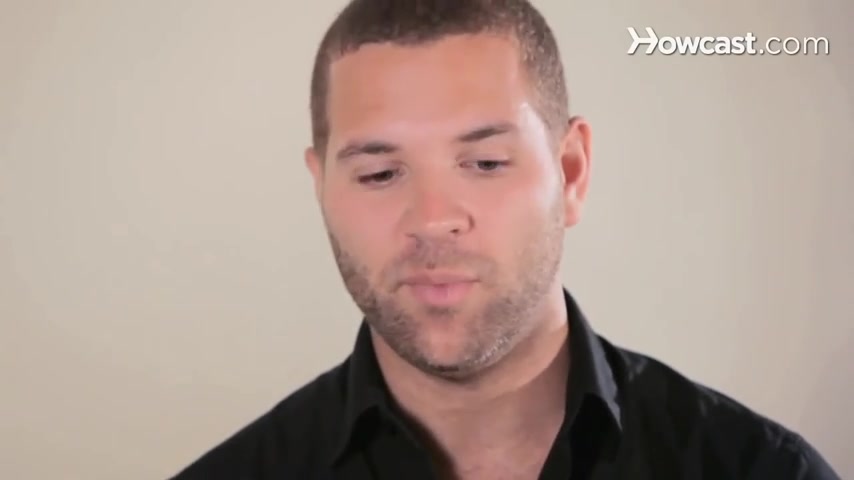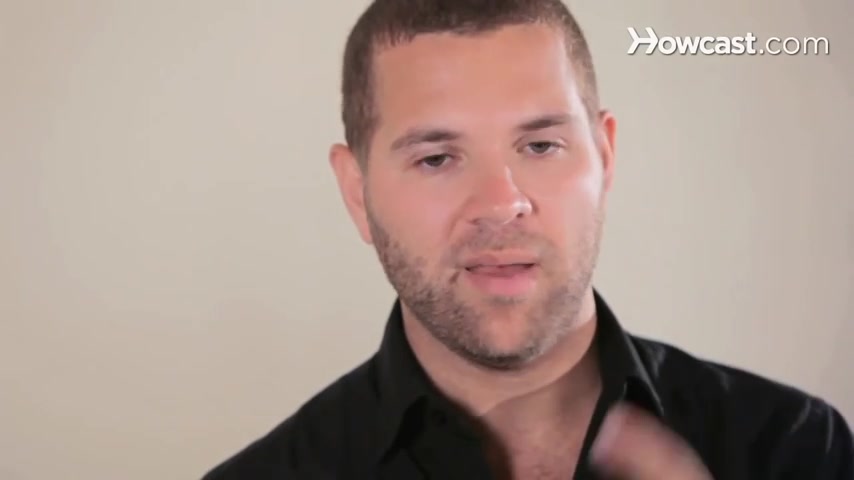https://www.youtube.com/watch?v=grCuZEjlqyo
What Is New York Style Salsa _ Salsa Dancing

Hi , my name is Rivera and I'm an expert in salsa .
I own two dance studios in Queens , New York .
We're gonna be learning a progression of salsa moves so that we could actually go out practice , take it to the club , take it to a party and you could show up all the great moves .
You learn what is New York style salsa onto bring it home .
Alright .
I'd love to feel that for you .
Well , basically , our experience in New York is a little different from the rest of the country .
Um The salsa that we dance here is inspired by the Puerto Rican community which has been uh alive and kicking in New York for decades now .
But what happened in the seventies was there was an explosion of dance called the hustle .
Now as Latinos , we like to dance salsa , but we wanted everyone to like it too .
So what did we do ?
We combined what we knew and combined it with what we saw was a dynamic partner dance and we created it on to salsa experience .
Basically , our style is a little bit more dynamic , a little bit more impactful .

Um We are approaching the music in the same way that a musician approaches the music .
So when a musician composes his music , of course , he's feeling it and he's feeling it from the heart , but it's very specific , it's on the timing .
You know , there are rules to music and the dancers are following those same rules .
So if the music is playing on two dancers are dancing , when the music stops , we stop also just as flashy , just as dynamic , just as awesome and just as impactful only with the music and a lot more technical .
So basically on two , you're gonna hear it called by many names dancing onto Mambo onto salsa onto breaking onto basically what that means is that we're dancing on the second beat of the music .
So now all salsa music , regardless of what style you dance , you could be dancing on one Cuban style L A style at the end of the day , all salsa music is on eight count timing .
So all salsa music goes 12345678 .

When we dance on two , we listen for that one beat , but we're breaking on two , we're dancing on that second beat and that's how we know to move .
So we're still dancing on one , technically speaking , but the one is just dictating when we need to move .
And two is when we break , which is why it's called breaking on two or dancing on two
Are you looking for a way to reach a wider audience and get more views on your videos?
Our innovative video to text transcribing service can help you do just that.
We provide accurate transcriptions of your videos along with visual content that will help you attract new viewers and keep them engaged. Plus, our data analytics and ad campaign tools can help you monetize your content and maximize your revenue.
Let's partner up and take your video content to the next level!
Contact us today to learn more.